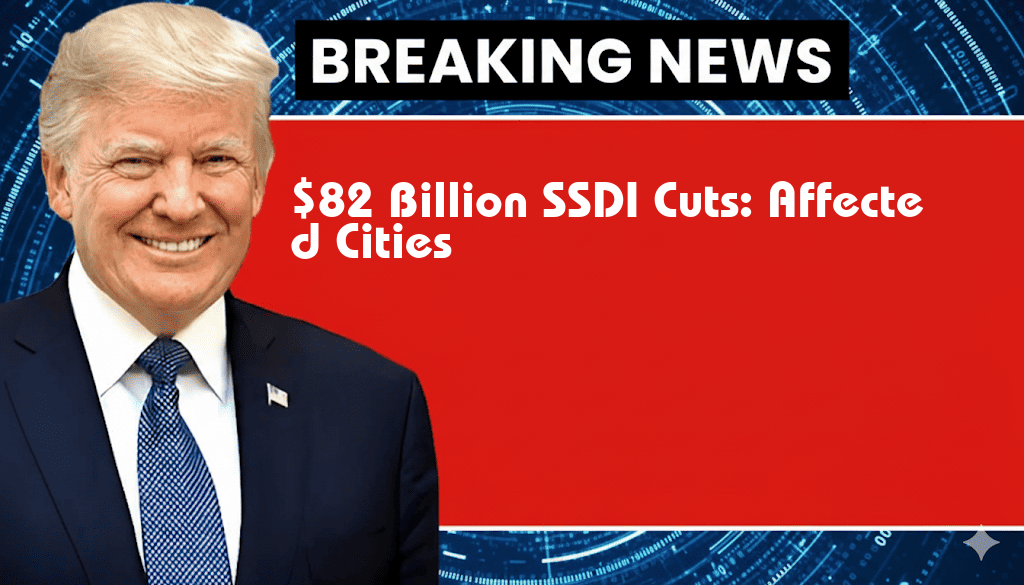

Trump’s Rescissions Act Cuts $7.9 Billion from Budget
In a significant move, President Donald Trump has signed the Rescissions Act, which aims to reduce federal spending by $7.9 billion. The legislation, which was passed by Congress in a bipartisan effort, targets specific budget allocations that were deemed unnecessary or excessive. This decision comes amidst ongoing discussions about fiscal responsibility and the national debt, reflecting a broader attempt by the administration to streamline government spending. Supporters of the act argue that it is a necessary step towards achieving a balanced budget, while critics express concerns about potential impacts on essential programs. The cutbacks affect various sectors, including education, health care, and infrastructure, raising questions about the long-term implications for federal support in these areas.
Details of the Rescissions Act
The Rescissions Act outlines the specific funding cuts and reallocations. Here are the key highlights:
- Education Funding: Approximately $2 billion will be rescinded from programs aimed at supporting low-income schools.
- Health Care: Cuts include $1.5 billion from the National Institutes of Health (NIH), affecting ongoing research projects.
- Infrastructure Projects: The act rescinds $1 billion allocated for various transportation initiatives.
- Environmental Programs: Funds earmarked for environmental protection have been reduced by $800 million.
Political Reactions
The passage of the Rescissions Act has sparked a variety of reactions across the political spectrum. Republican leaders have largely praised the move as a necessary measure to curb government spending. House Speaker Paul Ryan stated, “This is a step in the right direction for fiscal responsibility.” On the other hand, Democratic leaders have voiced strong opposition, arguing that the cuts will disproportionately affect vulnerable populations and essential services.
Senate Minority Leader Chuck Schumer criticized the act, saying, “These cuts will hurt families who rely on federal assistance. We should be investing in our future, not slashing funding for critical programs.” This divide reflects ongoing tensions in Congress regarding budgetary priorities and the role of government in providing services.
Impact on Federal Programs
As federal agencies begin to implement the cuts, concerns are mounting about the real-world impacts on citizens. Programs that support education, healthcare, and infrastructure projects are likely to feel the effects most acutely. For example, schools in low-income areas may struggle to maintain programs aimed at improving academic performance without the federal support they previously received.
| Program | Funding Cut | Potential Impact |
|---|---|---|
| Low-Income School Support | $2 billion | Reduced resources for academic programs and teacher salaries |
| NIH Research Projects | $1.5 billion | Delays in critical medical research and innovation |
| Transportation Initiatives | $1 billion | Increased infrastructure decay and delayed project completions |
| Environmental Protection | $800 million | Negative effects on conservation efforts and public health |
Future Considerations
The long-term implications of the Rescissions Act remain uncertain. As the federal budget continues to be a contentious issue, stakeholders from various sectors will be closely monitoring the effects of these cuts. Advocacy groups are mobilizing to push back against further reductions in funding, emphasizing the need for adequate federal support to ensure the well-being of all citizens.
As discussions around budget cuts and fiscal policy evolve, the Rescissions Act serves as a critical case study in the ongoing debate over government spending and its impact on American society. For further reading on the implications of budget cuts, visit Forbes or check the details on Wikipedia.
Frequently Asked Questions
What is the purpose of Trump’s Rescissions Act?
The Rescissions Act aims to reduce the federal budget by cutting unnecessary or unspent funds, totaling $7.9 billion.
How does the Rescissions Act affect federal programs?
The act impacts various federal programs by eliminating funds that were allocated but not yet utilized, which may affect project funding and federal services.
What are the main components of the $7.9 billion cuts?
The cuts include reductions across multiple agencies, targeting specific programs that are deemed non-essential or underperforming.
Who supports the Rescissions Act and why?
Supporters of the Rescissions Act argue that it promotes fiscal responsibility and prioritizes taxpayer money by eliminating wasteful spending.
What are the potential consequences of these budget cuts?
Potential consequences include reduced funding for important services, job losses in affected sectors, and a possible impact on economic growth.




